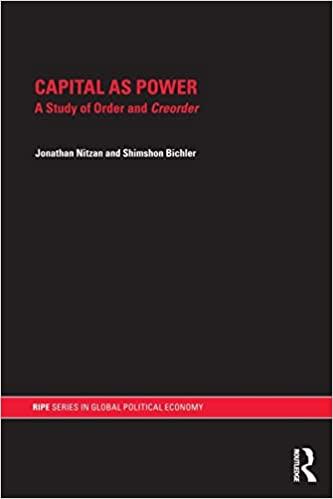Question
Let's assume that, instead of a merger, SAMF decides to do a recapitatlization, where they would issue debt to purchase stock. Suppose that their investment
Let's assume that, instead of a merger, SAMF decides to do a recapitatlization, where they would issue debt to purchase stock. Suppose that their investment bankers have convinced them to raise $1 billion of debt. They estimate that their cost of debt will be 6% and that their new cost of equity will be 8.5%. In order to find estimated FCF for next year, add up the analyst estimates for Oct 21E through Jul 22E ($383 Mil USD). You can assume that this FCF grows at 1% forever after that. You can assume a tax rate of 21%. You can use their market value of equity before the re-cap (i.e. their current market share price of $188.85) and the new debt plus existing debt ($1,119 Mil USD) to estimate their new WACC.
a) What is their value of operations before they complete the repurchase but after raising the debt?
b) Assume that they hold the $1 billion raised as Treasury Bills, before repurchasing stock. Find the intrinsic value of equity per share after raising the debt, but before completing the repurchase. You can use their Basic Shares Outstanding for this calculation and their existing total long-term debt plus the new debt. Also include any existing cash on the balance sheet.
c) How many shares do they repurchase assuming that they buy at the intrinsic value of equity per share and use all $1 billion raised? They will not use any of their existing cash in the buyback.
d) What is intrinsic value per share after this repurchase? Show your work
Step by Step Solution
There are 3 Steps involved in it
Step: 1

Get Instant Access to Expert-Tailored Solutions
See step-by-step solutions with expert insights and AI powered tools for academic success
Step: 2

Step: 3

Ace Your Homework with AI
Get the answers you need in no time with our AI-driven, step-by-step assistance
Get Started


